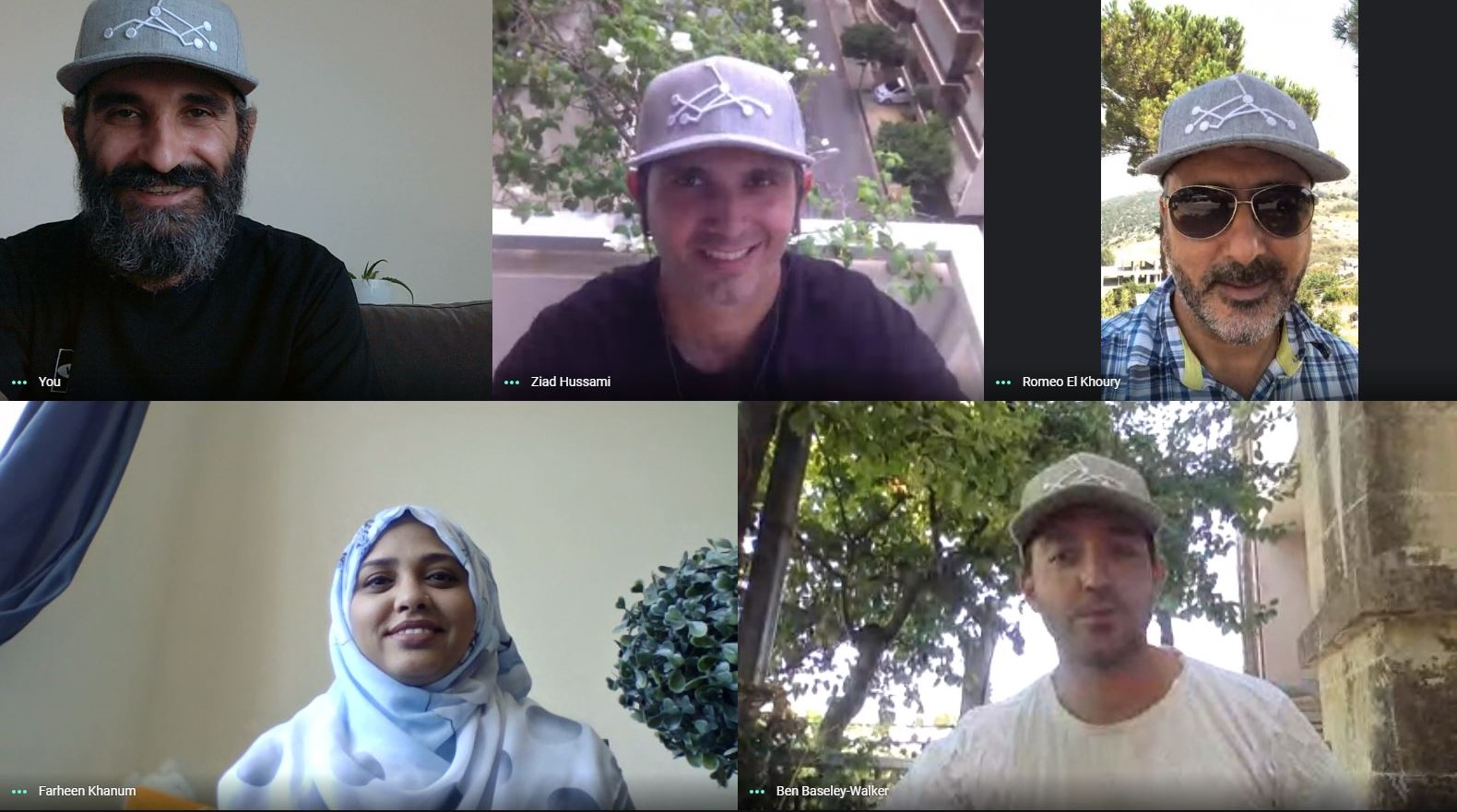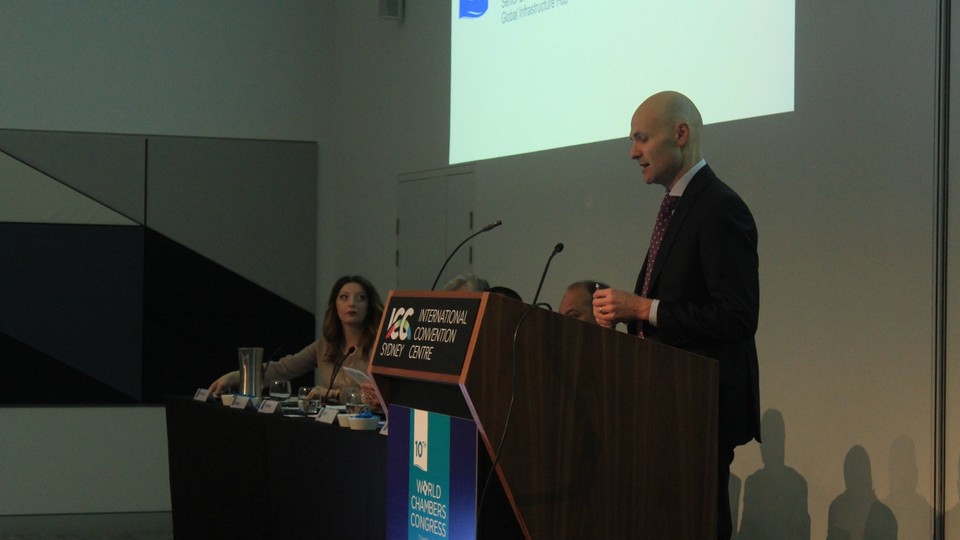928 results found
Featured results



More results
Durophalt and Durophalt-E are sustainable, durable, and cost-effective road maintenance solutions that replace traditional asphalt repair processes, reducing emissions and prolonging road lifespans.
Learn how the transition pathways for sustainable infrastructure link long-term sustainability goals with infrastructure plans.
An summary of the key takeaways of G20 and World Bank-IMF Annual Meetings in Marrakech in October 2023.
AreA is a platform designed to change the way renewable energy is procured in developing countries, created by Greenmap , a non-profit organisation aimed at scaling up cheaper and faster renewable energy deployment in emerging economies
Low-cost, rapid tech solution for refugee camps and global urbanisation takes home InfraChallenge 2020
This report provides a view on the Chongqing area and argues three dimensions of connectivity can be improved: physical (infrastructure) connectivity, digital connectivity, and economic integration with nearby areas, the report then provides a strategy on how to carry this out.

This paper analyses the regulatory environment of ICT and provides policy recommendations for the development of the telecommunications sector in Panama.

This report provides an analytical framework to understand the fundamental institutions of good telecommunications regulation and analyzes the governance of telecommunications in Latin America and the Caribbean.

The Asian Infrastructure Investment Bank (AIIB) platform takes a holistic approach to financing support for the development and deployment of technology for infrastructure projects. This support is in the form of knowledge, networks, capital, innovation services and regulatory dialogue with members, investment leads, and clients.

In this article, the authors explore the successes and failures of the built environment’s digital transformation to date, why the Smart City concept is necessary but not sufficient and 3 steps for achieving the Adaptive City of the future – one which works for everyone.


This guide outlines five steps in the context of achieving a knowledge exchange, (i) Anchor the knowledge exchange, (ii) Define the knowledge exchange, (iii) Design and develop the knowledge exchange, (iv) Implement the knowledge exchange, (v) report the results. Case studies from South America and Africa are discussed with reference to this guide.

This guide outlines five steps in the context of achieving a knowledge exchange, (i) Anchor the knowledge exchange, (ii) Define the knowledge exchange, (iii) Design and develop the knowledge exchange, (iv) Implement the knowledge exchange, (v) report the results. Case studies from South America and Africa are discussed with reference to this guide. This is the second edition of the document updated in 2015.

This guide outlines five steps in the context of achieving a knowledge exchange, (i) Anchor the knowledge exchange, (ii) Define the knowledge exchange, (iii) Design and develop the knowledge exchange, (iv) Implement the knowledge exchange, (v) report the results. Case studies from South America and Africa are discussed with reference to this guide. This is the second edition of the document updated in 2015.

This is a practical guide describing "how to design, implement, and measure progress with regard to knowledge exchange initiatives," according to the World Bank's summary.

The Blue Dot Network aims to help mobilise private sector investment by identifying and encouraging market-driven, transparent, and sustainable infrastructure projects. It establishes a voluntary, private-sector focused, government-supported project-level certification that aligns with the G20 Principles for Quality Infrastructure Investment, the UN Sustainable Development Goals, the International Finance Corporation (IFC) Performance Standards, the Equator Principles, the OECD Guidelines for Multinational Enterprises, and the OECD Recommendation on the Governance of Infrastructure.

The Decision Tree Framework is a robust decision scaling approach from the World Bank that provides resource-limited project planners and program managers with a cost-effective and effort-efficient, scientifically defensible, repeatable, and clear method for demonstrating the robustness of a project to climate change.

The European Investment Bank (EIB) calculates the economic returns of its projects using internationally accepted methods.


Thanks to the Internet of Things (IoT), physical assets are turning into participants in real-time global digital markets.


The Future of Infrastructure report (Annual edition) is based on a survey covering more than 10,000 people in 10 major global cities to ask about their everyday experiences with infrastructure services.





 Transformative Outcomes Through Infrastructure
Transformative Outcomes Through Infrastructure






